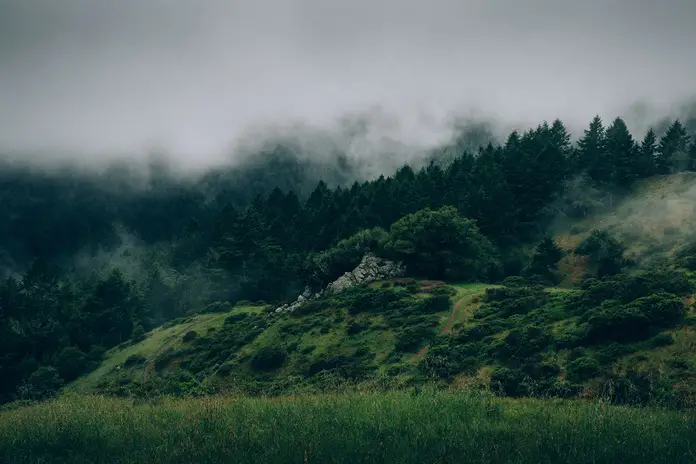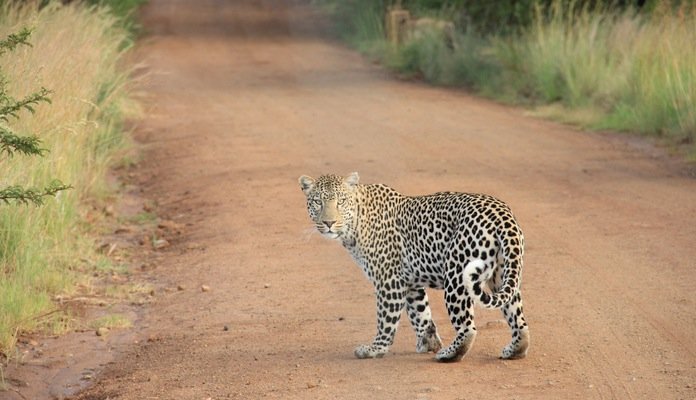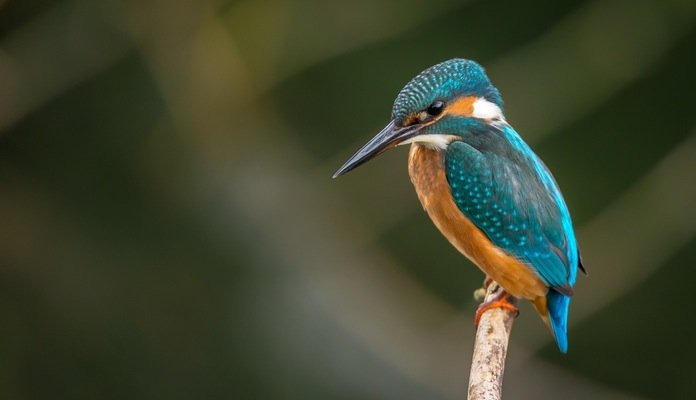Manas National Park was destroyed by a two-decade war, resulting in an almost complete loss of wildlife. With the help of scientists and armed rangers the animals are slowly returning, but Manas needs all of the giants back if it has any chance of recovering its former glory.
In 2005, India’s Bodo rebellion ended after nearly two decades of strife. While the human casualties were being counted, the resulting loss of animal life in Manas National Park appeared absolute.
This was a catastrophe for science and the natural world. Manas wasn’t just any national park; it was a World Heritage Site, recognised as an important centre of biodiversity – containing many species that are either extinct elsewhere or declining rapidly.
Here’re 12 facts you need to know about Manas National Park
1. Located in the Eastern Himalayan Foothills Manas National Park is not only a UNESCO Natural World Heritage Site, but also a National Park, a Tiger Reserve (core), a Biosphere Reserve (national), an Elephant Reserve (core), and an Important Bird Area in the Indian state of Assam.
2. Manas spans on either side of the Manas river and is bordered to the east and the west by reserved forests.
3. The monsoons, and Manas-Beki river system form four principal geological habitats: Bhabar savannah, Terai tract, marshlands and riverine tracts. The dynamic ecosystem processes support broadly three types of vegetation: semi-evergreen forests, mixed moist and dry deciduous forests and alluvial grasslands.

4. The vegetation of Manas has tremendous regenerating and self-sustaining capabilities due to its high fertility and response to natural grazing by herbivorous animals.
5. The landscape of Manas is characterized by a range of forested hills, alluvial grasslands and tropical evergreen forests. The site provides critical and viable habitats for 22 of India’s most threatened species of mammals. In total, there are nearly 60 mammal species, 42 reptile species, 7 amphibians and 500 species of birds, of which 26 are globally threatened. Noteworthy among these are the elephant, tiger, greater one-horned rhino, clouded leopard, sloth bear, swamp deer and other species.
6. The wild buffalo population here is probably the only pure strain of this species still found in India.

7. It also harbours endemic species like Assam roofed turtle, pygmy hog, hispid hare and golden langur as well as the endangered Bengal florican.
8. The range of habitats and vegetation also accounts for high plant diversity that includes 89 tree species, 49 shrubs, 37 undershrubs, 172 herbs and 36 climbers. Fifteen species of orchids, 18 species of fern and 43 species of grasses that provide vital forage to a range of ungulate species also occur here.
- From Celluloid to Politics: 10 Facts You Need to Know About Angoorlata
- Assam Girl Lupita Saikia Featured in MTV India Wall of Fame
9. Manas was inscribed on the List of World Heritage in Danger in 1992, seven years after it had entered UNESCO’s World Heritage List. On 21 June, 2011, Manas was taken off the ‘in danger’ list as it was recognised as recovering from damages sustained during ethnic unrest.

10. The park is named after the Manas River which is named after the Manasa the serpent goddess. It flows through the west of the park where it splits into two separate rivers, the Beki and Bholkaduba. These and five small rivers drain the reserve.
11. On 1 October 1928, Manas was declared a sanctuary, prior to which it was a reserved forest known as the Manas Reserve Forest and North Kamrup Reserve forest. The sanctuary, with an area of 360 sq km, was used as hunting reserve by the royal family of Cooch Bihar and the Raja of Gauripur.
12. The Manas Tiger Reserve comprises of an area of 2837 Sq. km, of which 526.22 sq km is the core area and the remaining is buffer. The national park covers an area of 500 sq. km.
With inputs from Discovery Channel India

